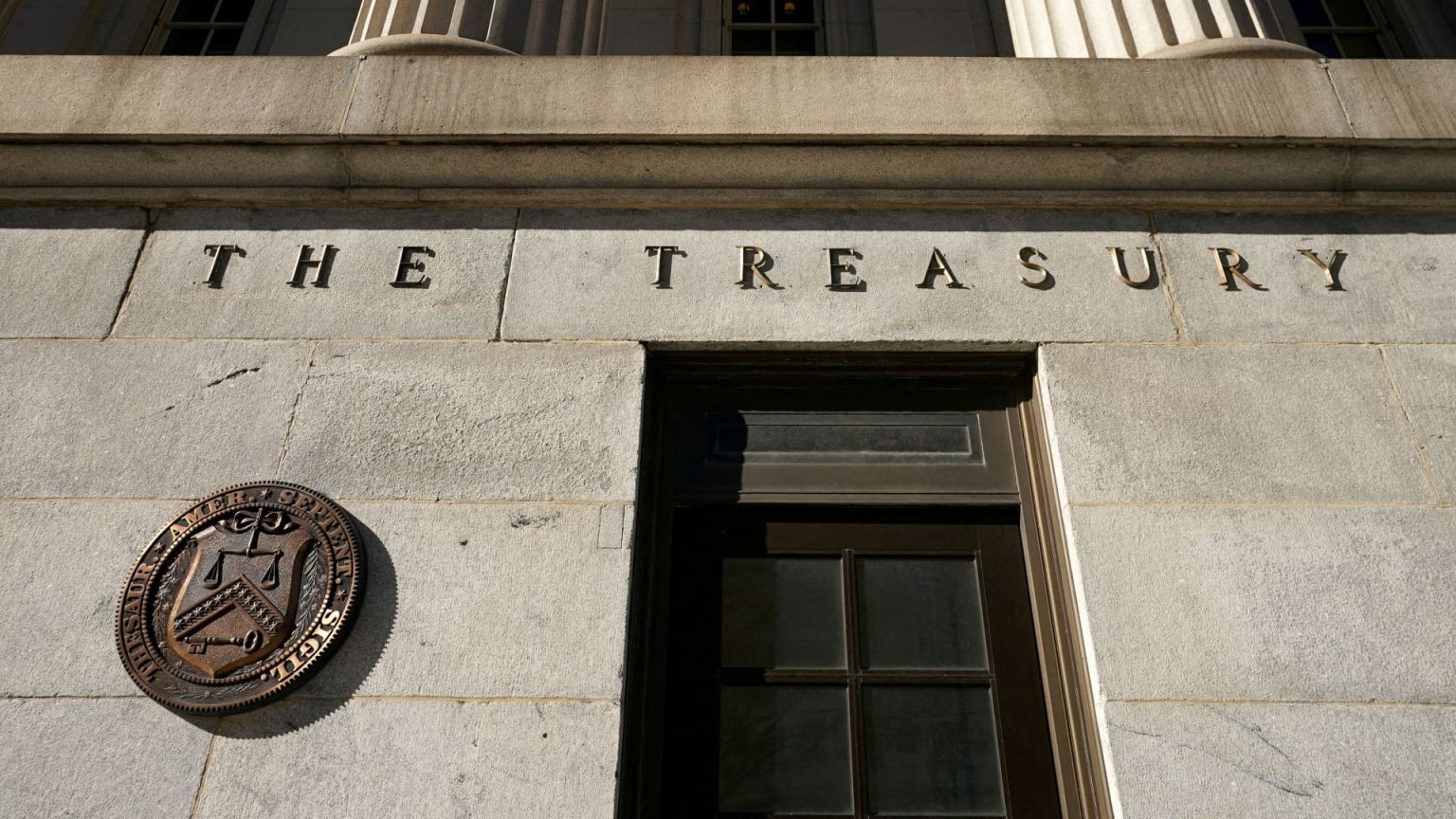The U.S. Treasury Department recently reported a significant budget surplus for June, with receipts experiencing a sharp increase attributed in part to rising tariff collections. This sharp contrast comes in the wake of a substantial deficit in May, highlighting the volatility in federal fiscal operations. Year-to-date, however, the deficit has continued to grow, raising concerns over the sustainability of government finances as the current fiscal year winds down.
| Article Subheadings |
|---|
| 1) Overview of June’s Financial Performance |
| 2) Trends in Revenue and Expenditure |
| 3) The Impact of Tariffs |
| 4) Challenges Ahead for Federal Finances |
| 5) Future Projections for the National Debt |
Overview of June’s Financial Performance
In June, the U.S. government reported a budget surplus of just over $27 billion, a notable turnaround from the $316 billion deficit recorded in May. This surplus marks the first occurrence in June since 2017, during the administration of former President Donald Trump. With just three months left until the fiscal year ends on September 30, it raises questions about the broader trends in federal budget management throughout the year.
According to the Treasury Department, the fiscal year-to-date deficit now stands at $1.34 trillion, reflecting a 5% increase compared to the same period in the previous year. However, when adjusted for calendar considerations, the deficit marginally decreased by 1%. This paints a complex picture of the government’s financial health as it grapples with rising expenditures and fluctuating revenue streams.
Trends in Revenue and Expenditure
A critical factor behind June’s surplus lay in the 13% year-over-year increase in government receipts, which were bolstered by a decline in outlays by 7%. For the current fiscal year, total receipts have risen by 7%, while spending has increased by 6%. This suggests a relative stabilization in federal finance, despite the ongoing deficits experienced throughout the year.
The fluctuating nature of government spending, coupled with revenue growth, indicates not just the effectiveness of fiscal policies but also potential areas for concerns regarding sustainability. The ongoing increase in outlays, despite the recent reduction in June, poses risks as the government approaches the closure of the fiscal year, necessitating careful financial management to avoid exacerbating the existing deficit.
The Impact of Tariffs
The robust growth in government receipts for June can largely be attributed to increased tariff collections. Customs duties for the month totaled approximately $27 billion, a substantial increase from $23 billion in May, and a staggering 301% higher than the same period in 2024. Tariff collections have totaled $113 billion thus far for the year, reflecting an 86% increase over last year.
These high tariff revenues are a direct result of actions taken by the previous administration, which introduced across-the-board 10% tariffs on various imports and initiated negotiations for reciprocal tariffs with U.S. trading partners. Such policies may provide short-term financial benefits but also raise concerns over long-term economic relationships and potential retaliatory measures from affected countries.
Challenges Ahead for Federal Finances
Despite the temporary boost from tariff collections, the U.S. government faces challenges stemming from persistently high Treasury yields. In June, net interest payments on the national debt amounted to $84 billion, slightly lower than the previous month but still representing one of the largest categories of expenditure after Social Security. For the fiscal year, net interest payments have already reached $749 billion, with total interest payments projected to exceed $1.2 trillion.
Financial analysts have specifically highlighted the burdens these rising interest costs impose on federal finances, prompting calls for the Federal Reserve to consider cutting short-term rates to alleviate this burden. However, market expectations indicate that no additional easing is anticipated until September, which raises concerns about the government’s capacity to effectively manage its debt under such conditions.
Future Projections for the National Debt
Looking ahead, the landscape for federal finances appears increasingly complex. Recent spending bills, including a significant proposal championed by Donald Trump, are projected to increase the national debt by approximately $3.4 trillion over the next decade. These projections, released by the nonpartisan Congressional Budget Office, reflect ongoing challenges in structuring sustainable fiscal policies that balance revenue and expenditure effectively amidst a growing national debt.
As the fiscal year nears its conclusion, budgetary constraints and heightened interest costs will continue to loom as critical concerns affecting governmental fiscal strategies. Policymakers will be compelled to reassess their approaches to spending, especially in light of the growing national debt, while considering how tariff policies may impact both inflation and international trade dynamics.
| No. | Key Points |
|---|---|
| 1 | The U.S. government recorded a budget surplus of over $27 billion in June. |
| 2 | The year-to-date deficit has reached $1.34 trillion, a 5% increase from last year. |
| 3 | Tariff collections have surged by 301% compared to June 2024. |
| 4 | Interest payments on national debt total $749 billion thus far this fiscal year. |
| 5 | Recent spending proposals could increase the national debt by $3.4 trillion over the next decade. |
Summary
The recent fiscal developments highlighted a rare surplus in June, showcasing the potential impact of tariffs on government revenue. However, underlying challenges remain, particularly with rising interest payments and an escalating national debt. As the U.S. approaches the end of the fiscal year, officials will need to implement strategic measures to ensure fiscal responsibility while navigating the pressures exerted by ongoing economic uncertainty.
Frequently Asked Questions
Question: What caused the surplus in June?
The surplus was primarily driven by a significant increase in tariff collections and a decline in government expenditure.
Question: What impact do tariffs have on the economy?
Tariffs can generate immediate revenue for the government but may also lead to increased costs for consumers and strained international trade relations.
Question: How does the national debt affect future government spending?
An increasing national debt can restrict government spending capabilities, as more resources will be allocated to servicing existing debt rather than funding new programs.


